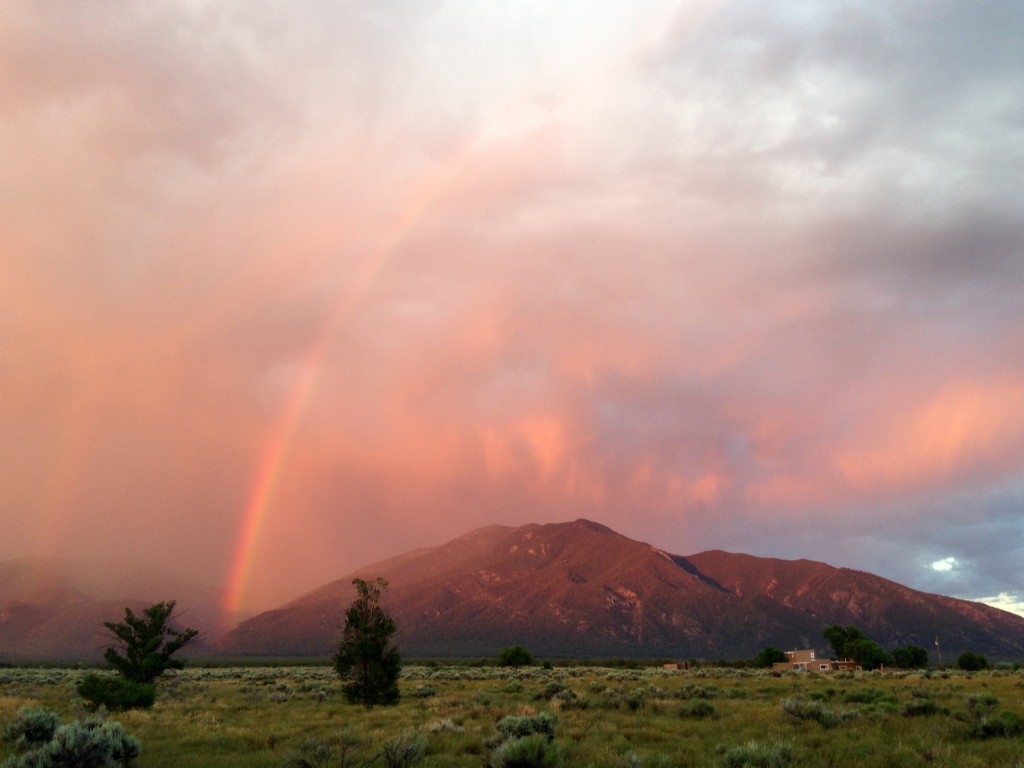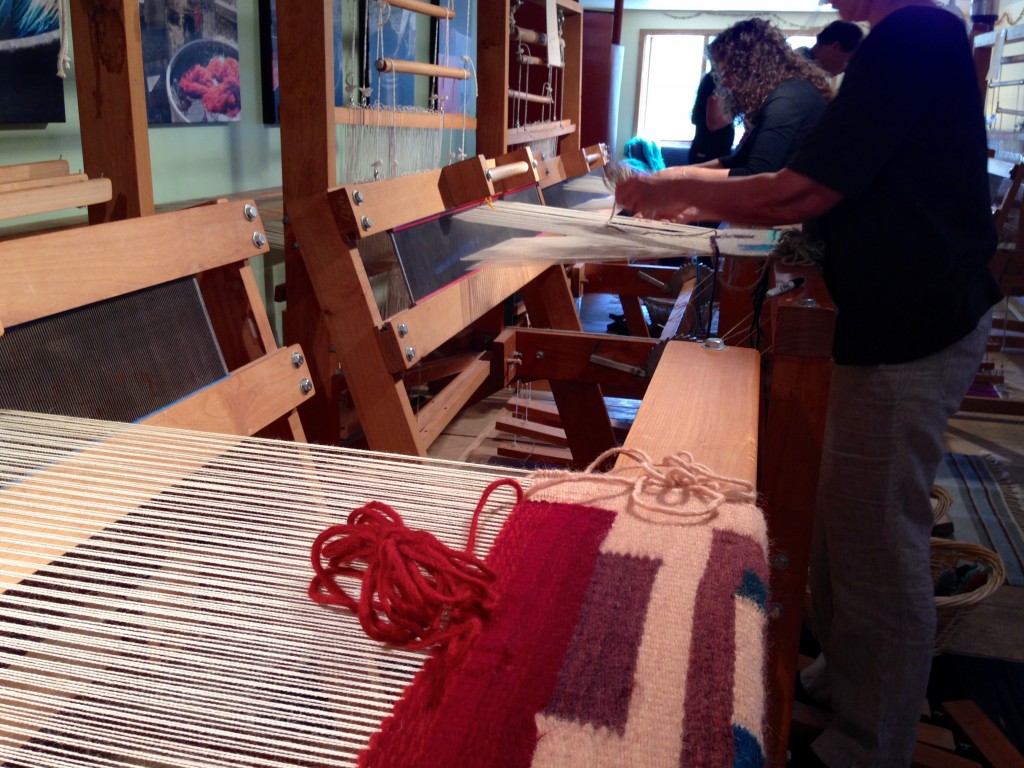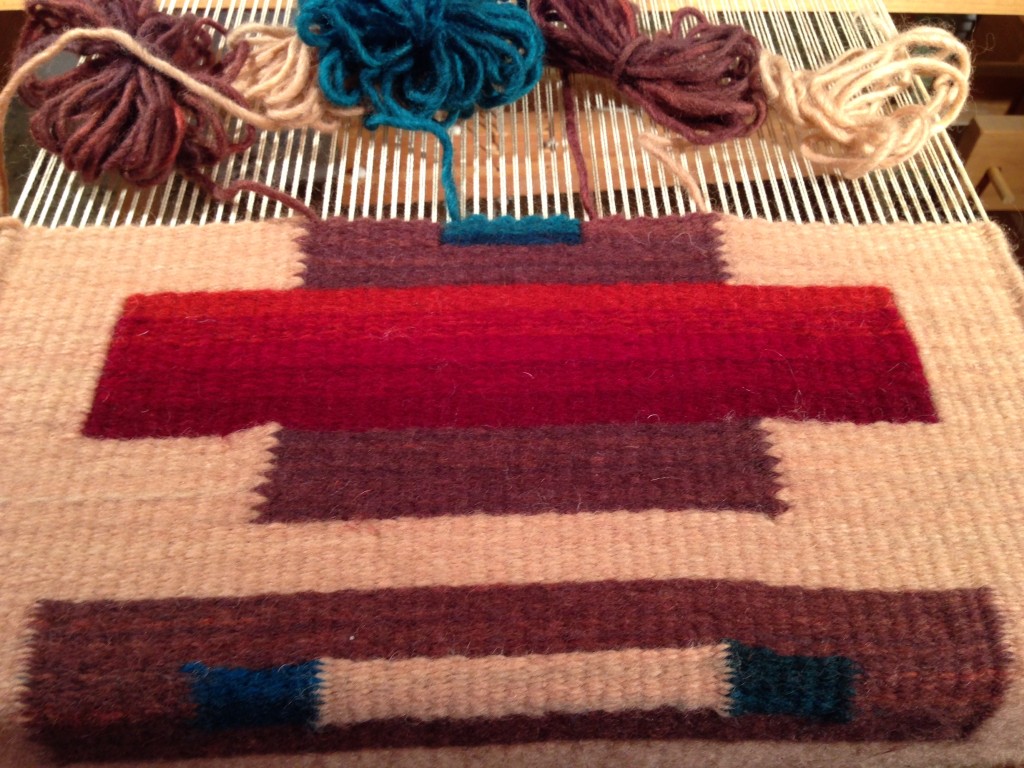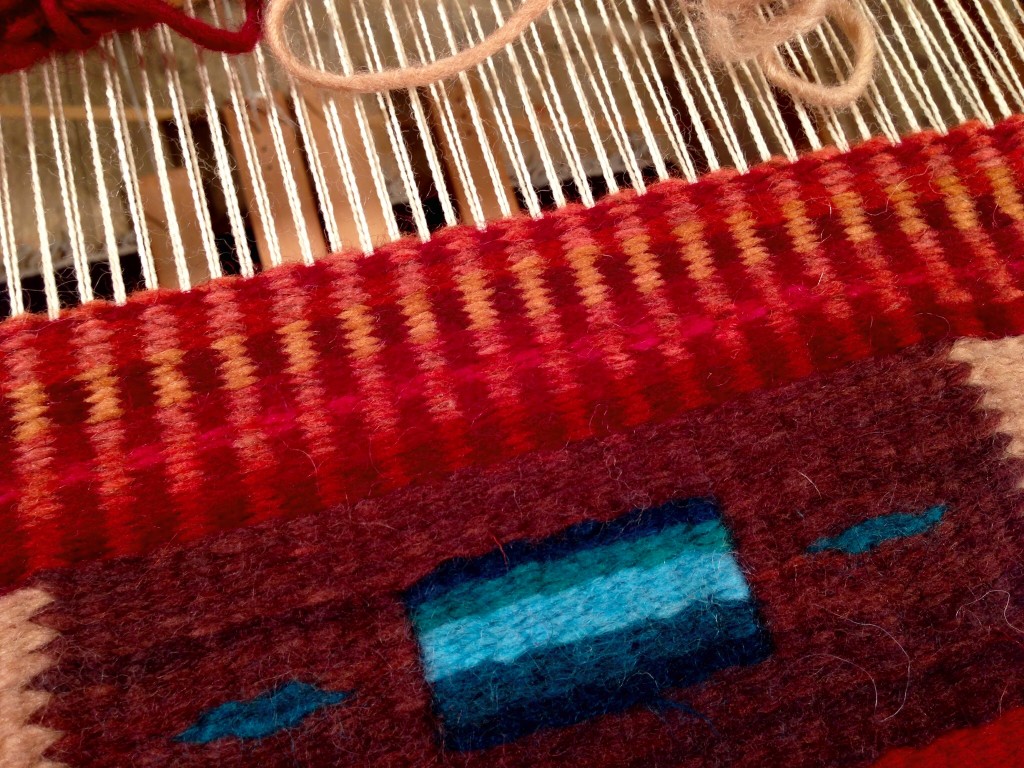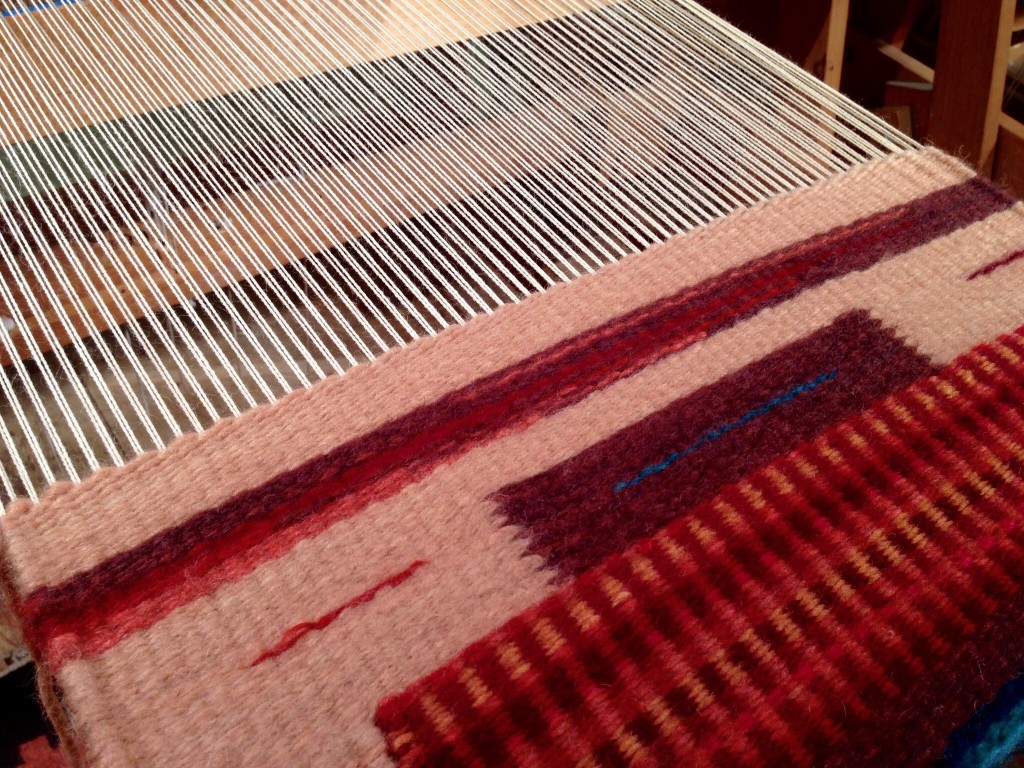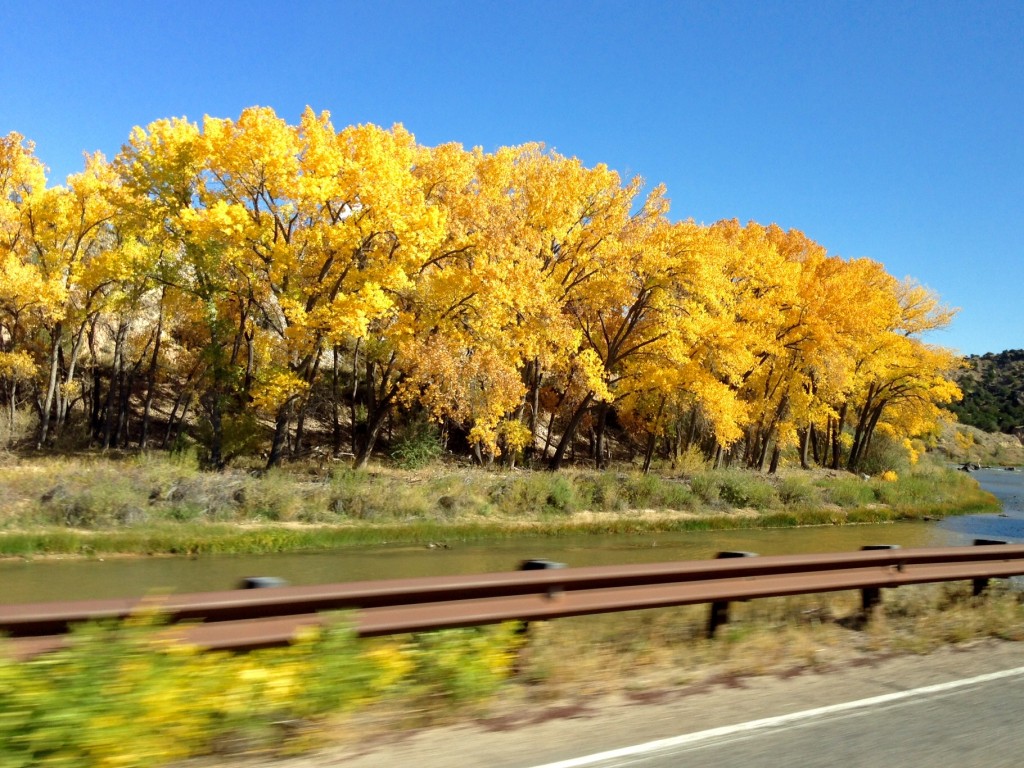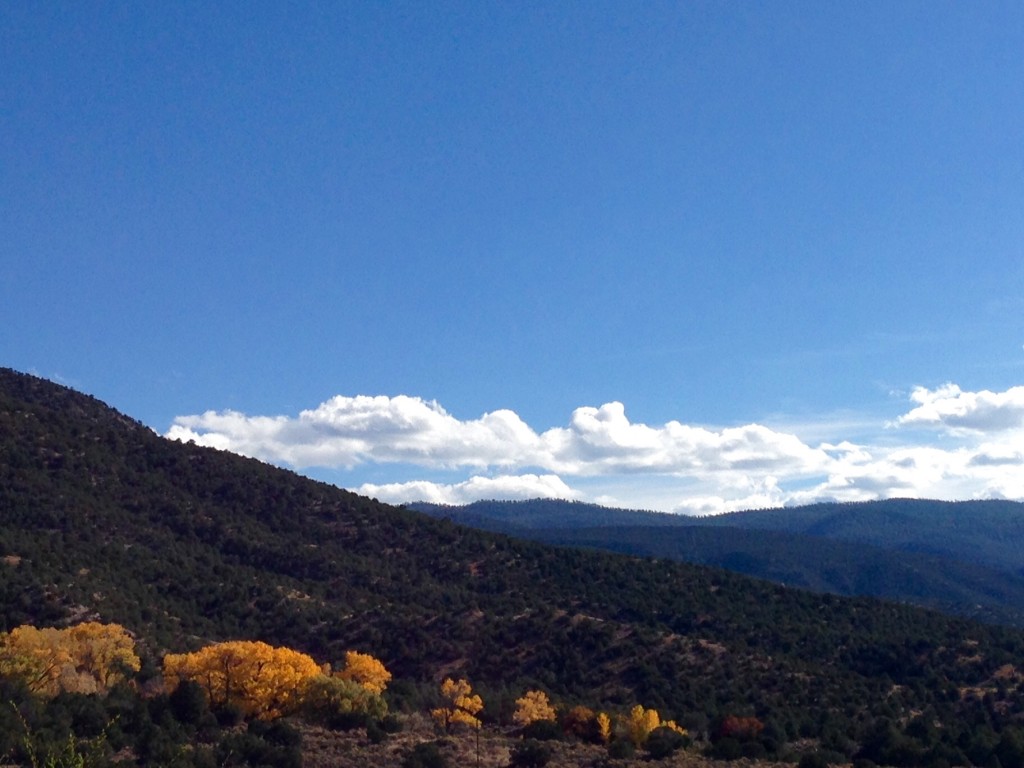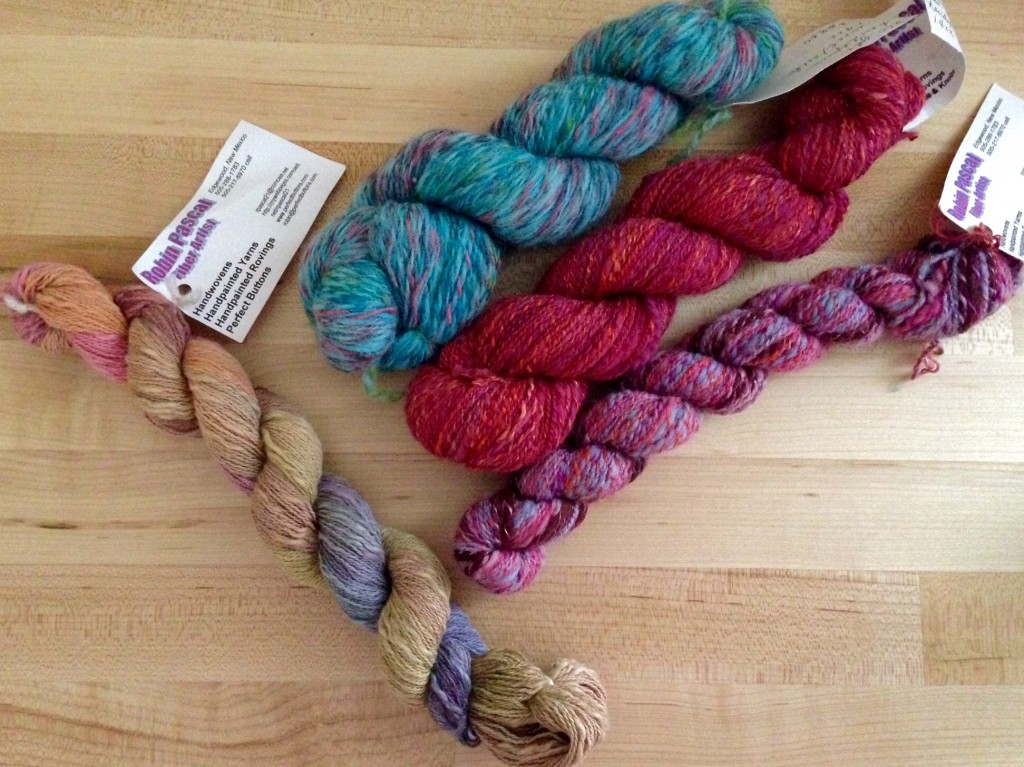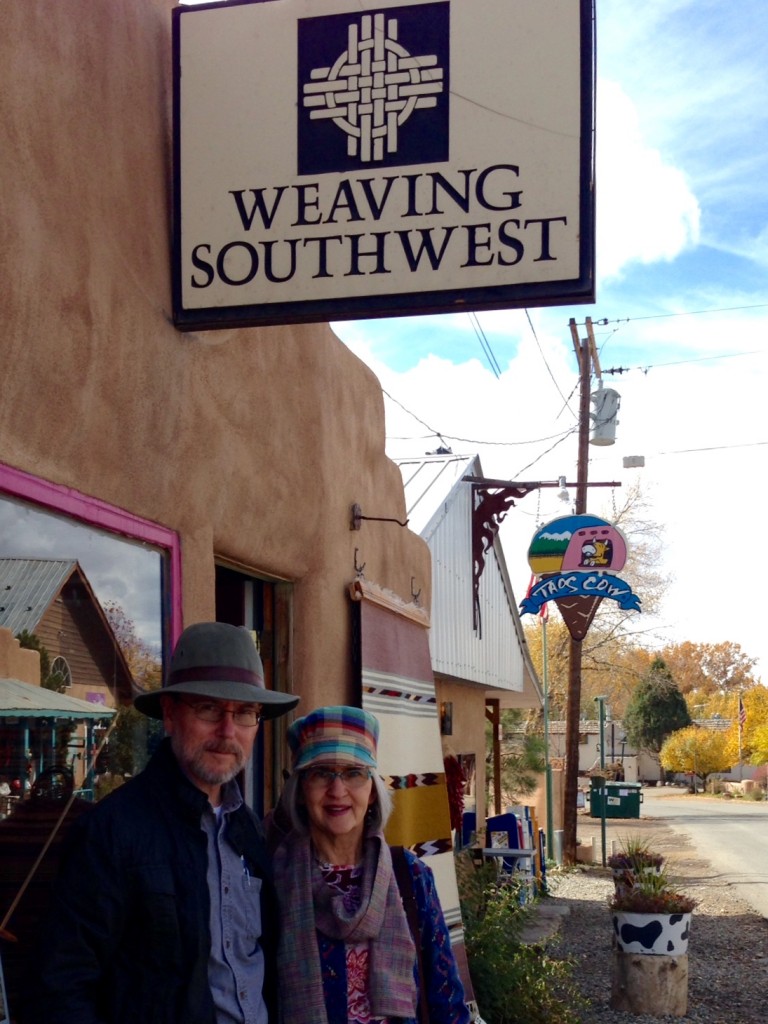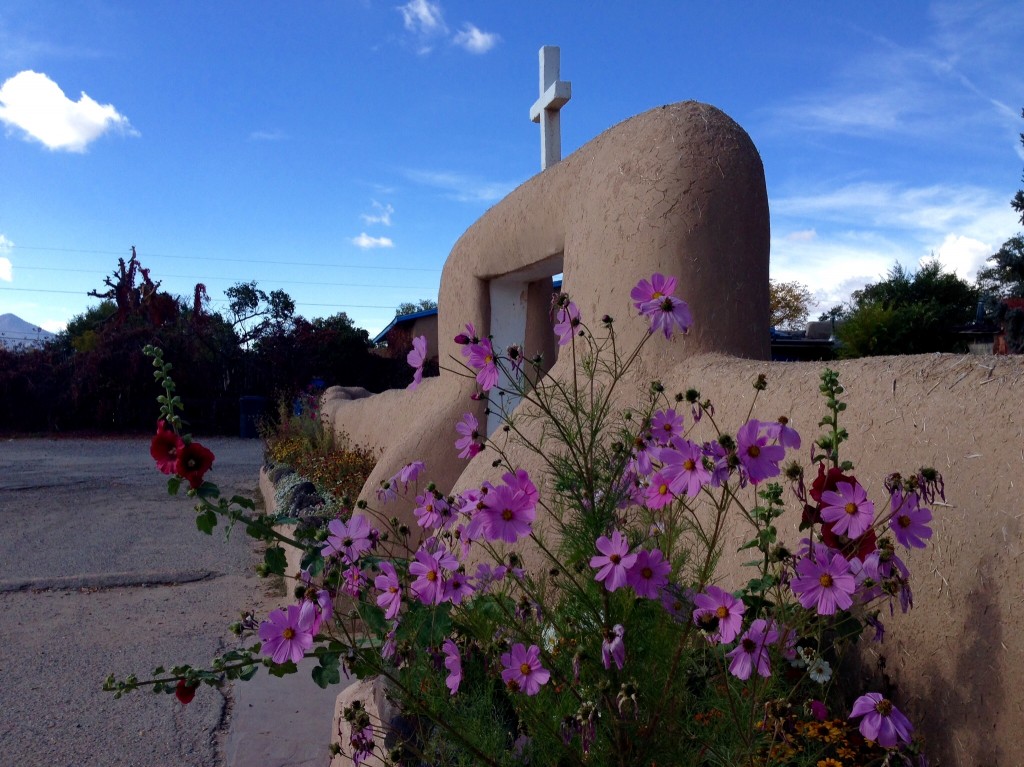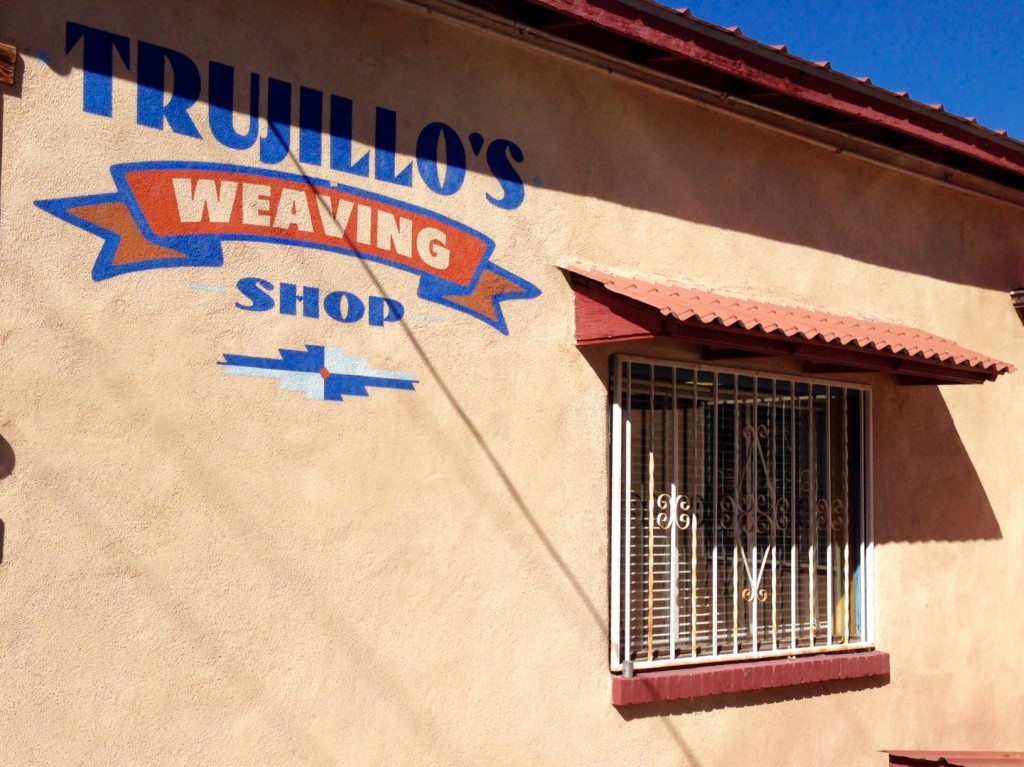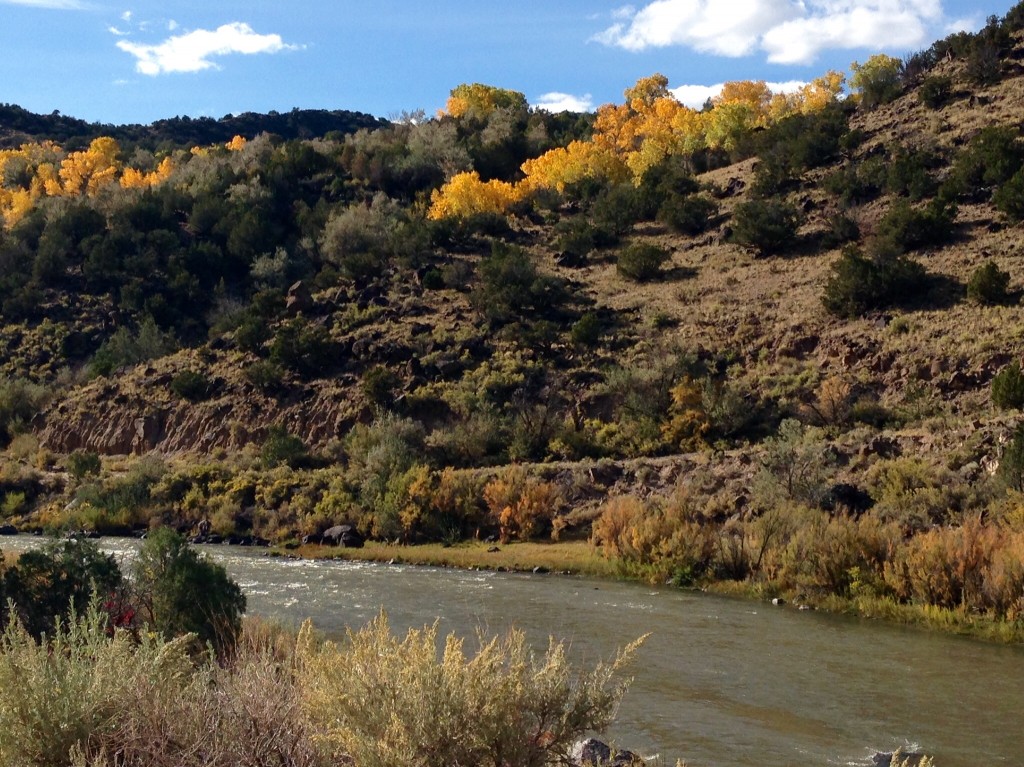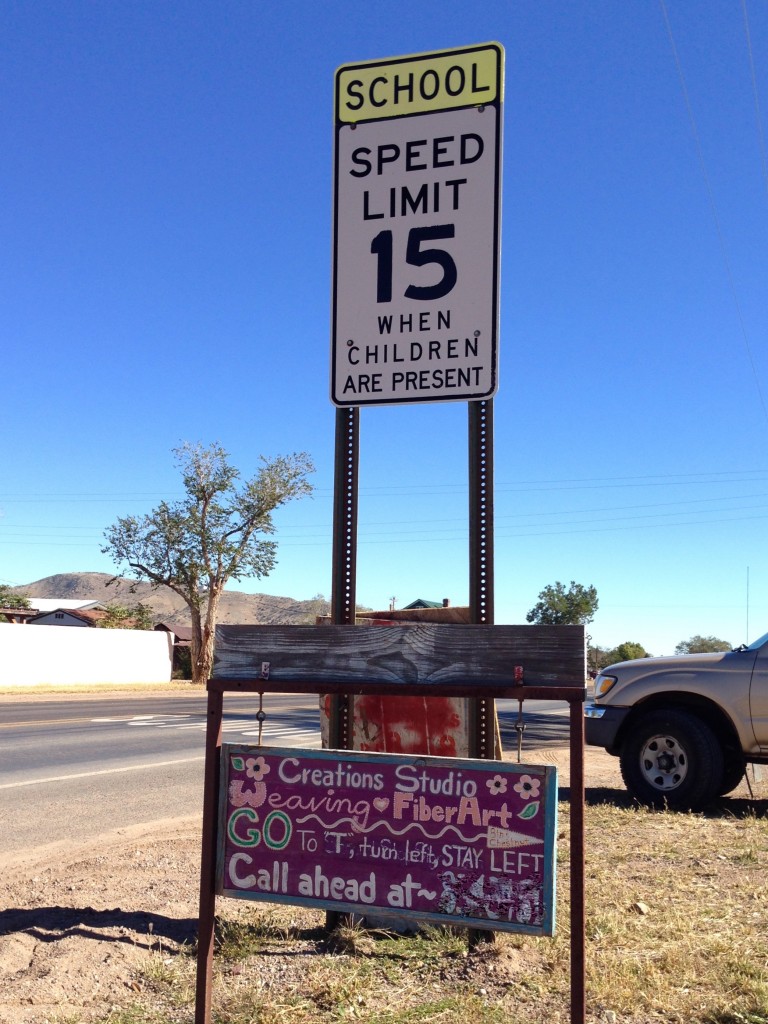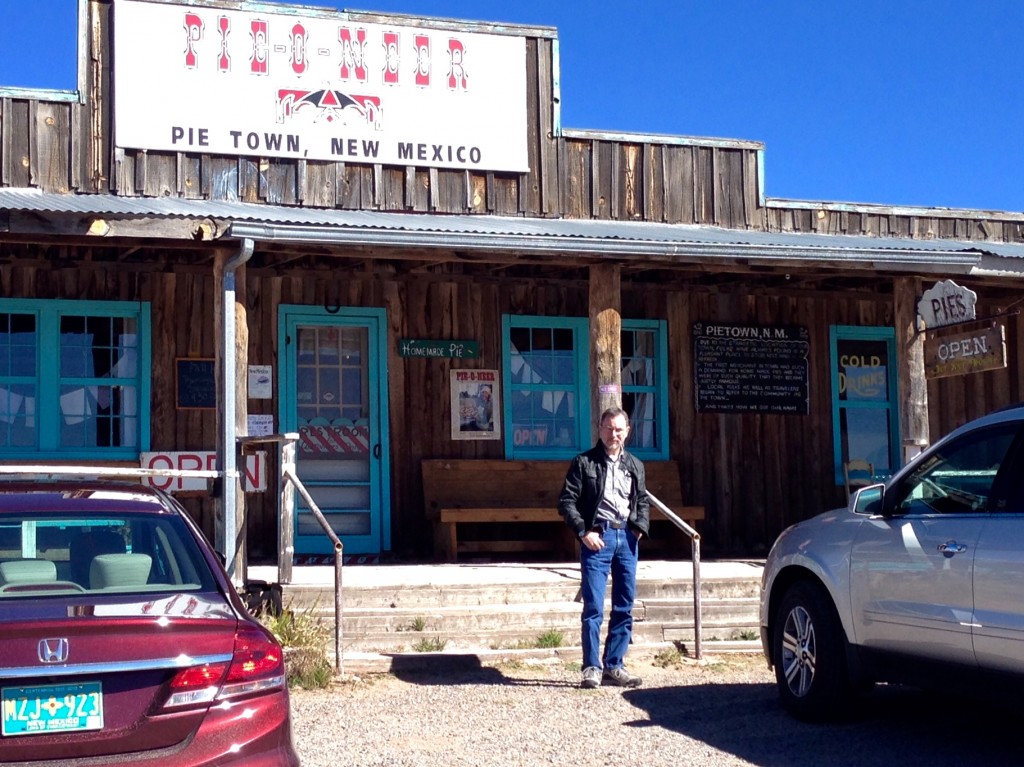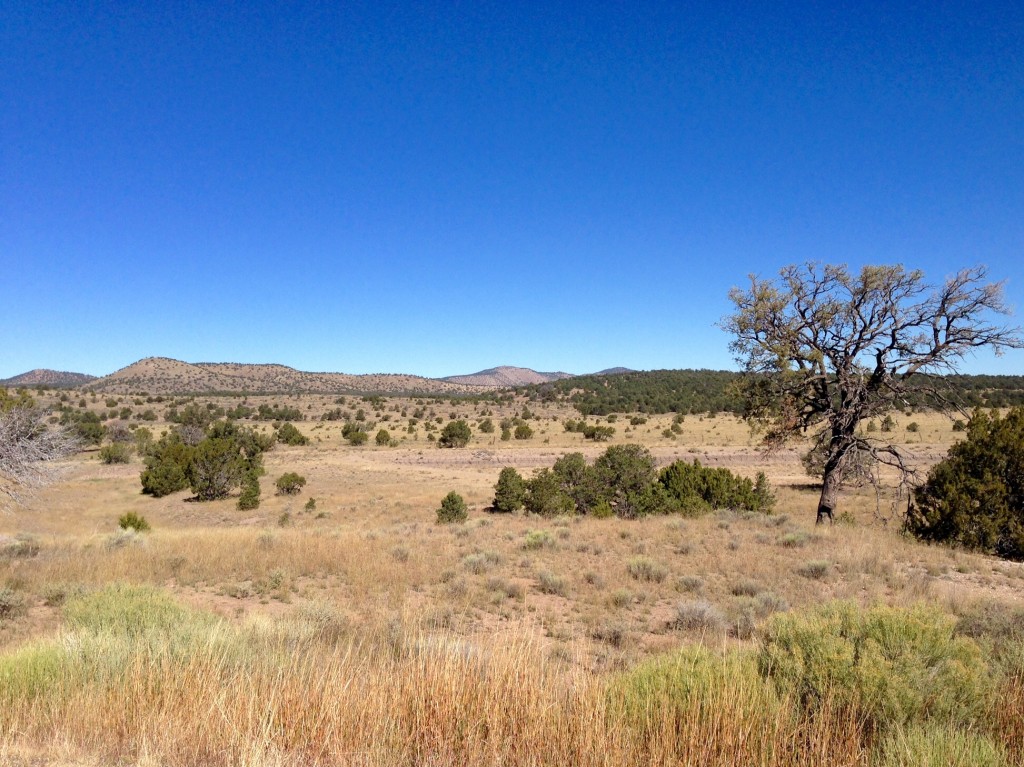Weaving Southwest has a vibrant history in northern New Mexico that has influenced weaving traditions far and wide. I recently took advantage of this treasure trove of experience in a class taught by Teresa Loveless, the granddaughter of Weaving Southwest pioneer, Rachel Brown. I hoped to sharpen my tapestry skills by learning a fresh approach, and I was not disappointed! Teresa’s attentive teaching style brims with encouragement, making every student exceed their own expectations.
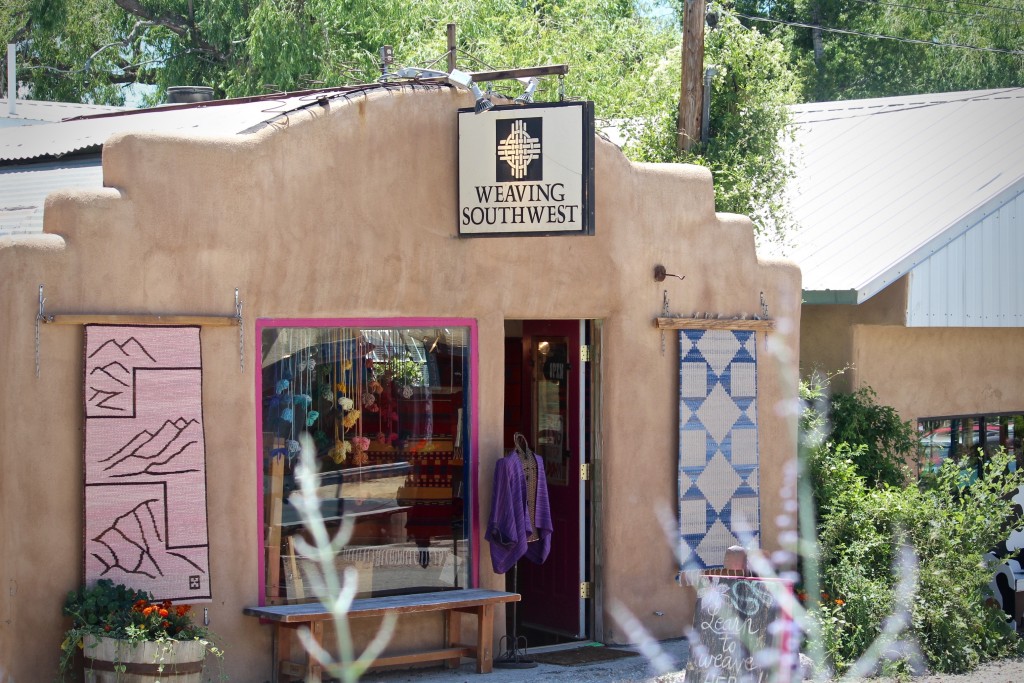

Join me as I sit with Teresa in the park across from the shop to talk about her dreams and aspirations…
Fast forward twenty years. What would you like to be known for?
I have an interest in preservation of culture, and seeing that carried out through textiles. Preserving culture through textiles worldwide is a hidden passion of mine, and I’m working on ways to make that happen.
This sounds like a big dream.
Yes, it is a big dream that I have given a lot of thought to. With modern technology there is great potential. Technology makes it possible to pick out every little niche of fiber in the world and pull it all together in a classy and educational way.
What can be done to preserve cultures through textiles?
You could go to little villages or communities, and through today’s technology, bring them all together and preserve entire cultures. In Before They Pass Away, photographer Jimmy Nelson documents some of the most secluded tribes in the world. And he put them together in an incredible photo book, with their beautiful textiles draping all over them. That book was part of the inspiration for my dream.
Your grandmother taught you how to weave; and your mother taught you jewelry making. And now you are passing weaving on to your very young daughter. What are your thoughts about people passing what they know on to their children and grandchildren?
I grew up in this family of artists and inventors, and they were weavers and jewelers and everything in between, and I did it all. I wove and I made jewelry. It was normal. It was my life. When I went away and realized that not everyone brought their loom to college, or that making a silver ring is not something everybody can do… that was eye opening.
For me, it is all about passing it along. Teach your kids to do what you do. Even if they think they’re going to go off and do something else. I was going to go be a scientist. And then I came back. Clearly, I’m not a scientist. I’m a weaver.
Because it was passed on through my family, and because of my incredible grandmother, I am able to help preserve culture. I am helping to preserve beauty through textiles.
What about your daughter, do you think she will become a weaver?
Pass on the tradition, pass on the skill, and pass on, hopefully, the love for it. But my daughter loves bugs more than she likes yarn right now, so maybe she’ll be the scientist, who knows?
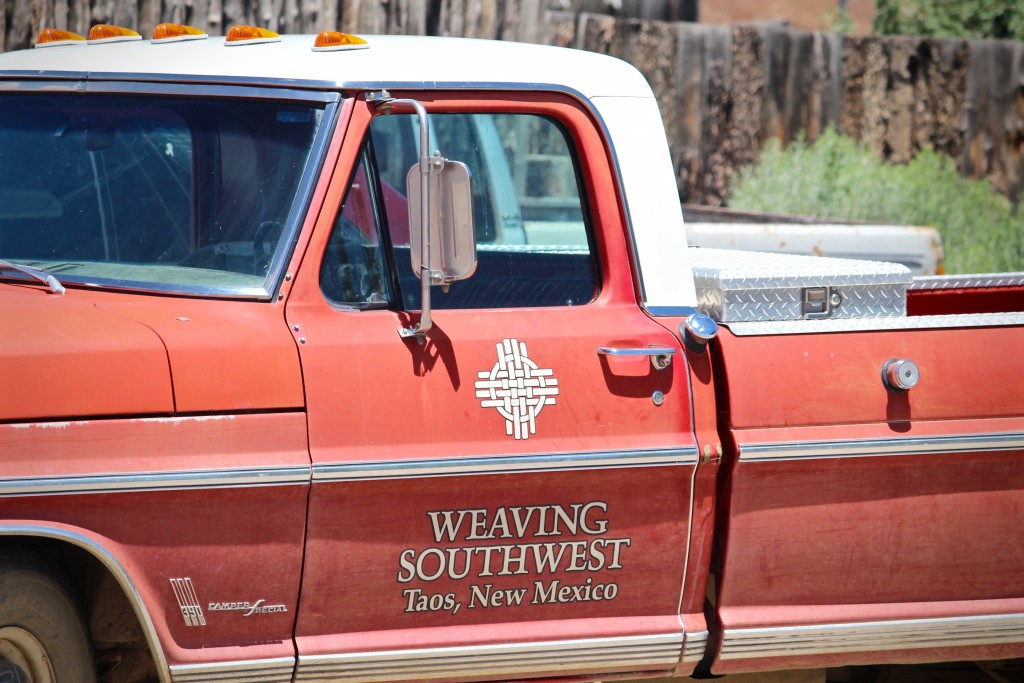
Tell me about your sweet spot. Are there times when you think, “I was made for this?”
I’m doing it here, like the class we just finished. I love teaching. I love being able to share what I know, what was passed on to me. It doesn’t matter how much someone knows or doesn’t know when they come. From afar, weaving does look a little confusing, but if you get the feel of it, if you understand the warp and weft and structure… Oh, the things you can do!
You enjoy simplifying things for people, don’t you?
That’s it, definitely! It doesn’t have to be hard. There are all sorts of technical terms, but weaving does not have to be difficult. Seeing people blossom, from, “Oh my gosh, which is warp, which is weft?” Or, “Do I do a single dovetail here?,” to realizing you can do a single dovetail wherever you want, …but you don’t have to. There are so many options. If you go into it with confidence you’re going to be able to produce incredible work!
You seem happy to see your students flourish…
Oh, yes. When I see my students happy, then I’m happy!
Thank you for taking time with me. It has been fun to get to know you more!
Absolutely! Thanks!

May you dream big.
Very happy weaving,
Karen

